
This story, that appeared in print on Friday, got our attention — a topic near and dear to our own Doc’s heart.
Per David Perlman, not far off the California coast, there is a chain of undersea volcanoes (AKA seamounts) that erupted millions of years ago which harbor such a rich variety of animal life and clues to the seabed’s turbulent past that new legislation to protect them is awaiting its time in Congress.
Notable: Many of these long-extinct mountains rise more than 2 miles, yet their summits lie more than 1,000 feet beneath the ocean surface.
The Monterey Bay Aquarium Research Institute (MBARI) is playing a key role here.
Scientists aboard the research vessel Western Flyer, from the Monterey Bay Aquarium Research Institute, sailed Tuesday from Moss Landing on a brief mission to Gorda Ridge, where they will probe its tumultuous geology and study the giant tube worms, the strange clams and the heat-loving microbes that abound around it.
Western Flyer & the Doc Ricketts
Embracing the spirit of Doc, the research vessel gets its name from Log of the Sea of Cortez
Early in 1940, Steinbeck and Ricketts hired a Monterey Bay sardine fishing boat, the Western Flyer, with a four-man crew, and spent six weeks traveling the coast of the Gulf of California collecting biological specimens.
Also, the article noted the science team is using the institute’s remotely operated submarine (actually a ROV for remotely operated vehicle) named Doc Ricketts, to probe the volcanic rocks and gather samples of the ridge’s life forms. The ROV is tethered to the R/V Western Flyer which serves as a stable platform for deploying and operating it.
To learn more, we checked out the MBARI website.
Notable: We found this page providing more details about the R/V Western Flyer — a 117-foot small water-plane area twin hull (SWATH) oceanographic research vessel.
The R/V Western Flyer serves the oceanographic community as a stable platform for deploying, operating, and recovering a tethered remotely operated vehicle (ROV) Doc Ricketts to a depth of 4,000 meters, conducting hydro-casts (CTD), and other oceanographic activities with state-of-the-art equipment. General ROV operations are, however, the vessel’s primary mission.
Needless to say, our Doc will be following the story closely and hopes for an opportunity to experience the ROV in action.
#SCMF
—The Gang
Bonus Content
The Flyer experience…
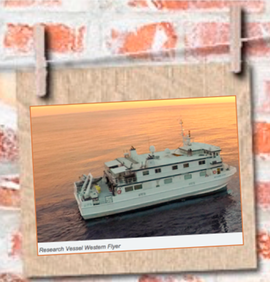

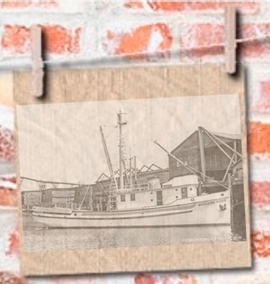
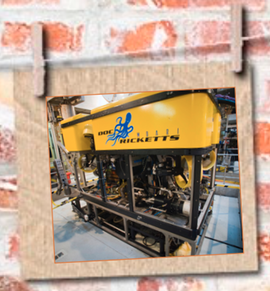





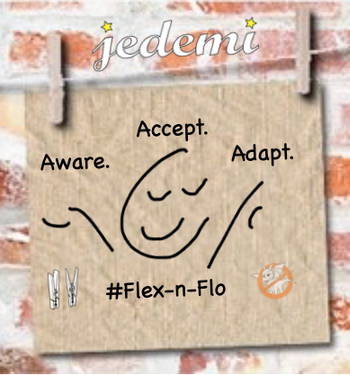




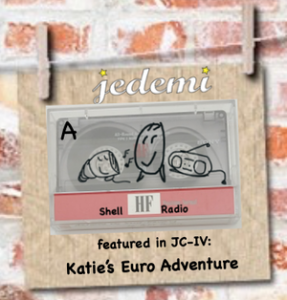
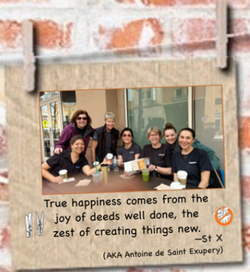






Speak Your Mind